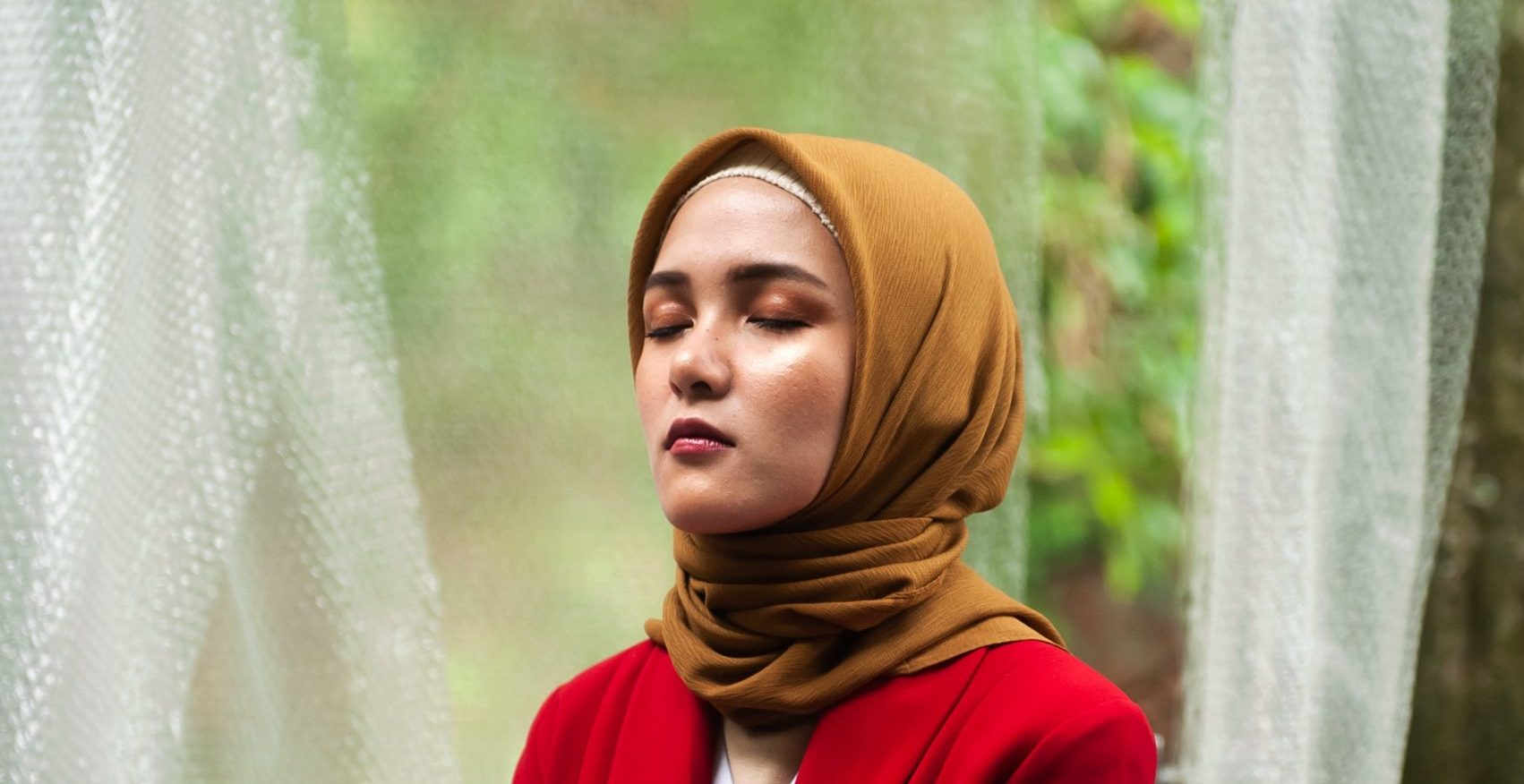Know your Skin
To chart down your skincare regime it is most important to know your skin. There are different kinds of skin and the skincare routine varies accordingly.
A) Oily skin
If your face looks shiny and greasy all day, you have oily skin. Such skin is caused due to over-active oil-producing glands. The skin looks sticky and dull and attracts more dirt. This results in more pimples and blackheads. However, not all are bad for the oily skin type. Such skin is naturally less prone to wrinkling and other signs of aging.
Skincare for oily skin
The goal of treating oily skin is to remove excess oil. Cleanse your face with a face wash formulated especially for oily skin. Limit washing your face to two or three times a day as too much washing will stimulate your skin to produce more oil. Avoid heavy cleansing creams. Scrub your face on a regular basis. This will help unclog the pores and remove the layer of dead cells from your skin. Also, use hot water when washing your face. Hot water dissolves skin oil better than lukewarm or cold water.
B) Dry skin
If you always reach out for a cream after a bath, you have dry skin. Such skin feels “tight” and uncomfortable after washing unless some type of moisturizer or skin cream is applied. Not to mention, it feels tortured during winters. Dry skin looks dull and needs constant protection and moisturizing to avoid flaking and peeling.
Skincare for dry skin
Dry skin needs plenty of thorough but gentle cleansing, regular stimulation with massage and generous quantities of oil and moisture. A moisturizer increases the water content of the outer layers of the skin and gives it a soft, moist look. Be generous with the cream in the areas surrounding the eyes where fine lines are more visible. Do not use very hot water when bathing or showering. Always apply a good sunscreen to all exposed areas of skin if you must be in the sun.
C) Combination Skin
If your ‘T’ zone is the only part of your face that remains oily, then you have combination skin. Such skin has a greasy centre panel consisting of nose, forehead and chin and a dry panel consisting of cheeks, mouth and the areas around the eyes. Combination skin doesn’t tend to be problematic. However, the accumulation of blackheads is very common, especially on the nose.
Skincare for combination skin
A combination type of skin is very common, and it should be treated as if it were two different types of skin. The dry area requires gentle cleansing and regular moisturizing. The oily part needs to be deeply cleansed and toned with regular scrubbing.
D) Normal skin
If your skin has an even tone, soft, a smooth texture, no visible pores or blemishes, you have normal skin. Such skin has no greasy patches or flaky areas. A normal type of skin has a clear, fine-textured, supple and smooth surface which is neither too greasy nor too dry.
Skincare for normal skin
Normal skin is the easiest to manage. The only care that normal skin requires is cleansing twice a day and mild scrubbing. Regular use of moisturizer and cleanser keeps the skin nice and fresh. To guard the skin against drying, sunscreen is highly recommended.
E) Sensitive skin
If your skin easily reacts to change in weather or turns red when in the sun, you have sensitive skin. Such skin is thin and fine-texture. It reacts quickly to both heat and cold; therefore, it sunburns and windburns easily. It is commonly dry, delicate and prone to allergic reactions. Temperature changes can all cause irritation, leaving the skin red and blotchy, with visible surface veins.
Skincare for sensitive skin
If you have sensitive skin, use products meant specifically for sensitive skin. Make good use of sun-screen lotions and moisturizing cream. Wash your face with mild face wash and use a mild scrub. Never use any makeup or perfume without first trying a little of it on the inside of your wrist to see the reaction of your skin to it. Every night, apply a good amount of moisturizing cream on your face.

